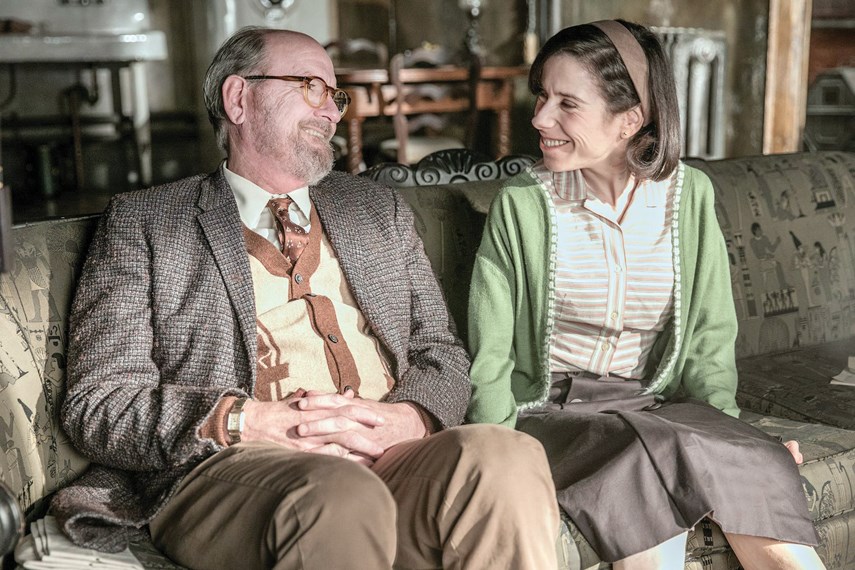The Shape of Water. Directed and co-written by Guillermo del Toro. Starring Sally Hawkins, Michael Shannon, Richard Jenkins and Octavia Spencer. Rating: 8 (out of 10)
In a film that harkens back to all the violence and whimsy of his breakthrough film Pan’s Labyrinth, Guillermo del Toro crafts a modern-day monster movie with a social conscience, a genre-mashup featuring a mix of old movies and musicals, vintage advertising, noir and good old-fashioned romance.
It’s 1962, and Elisa Esposito’s (Sally Hawkins) world is very small. She lives above a cinema and makes sure that her forgetful neighbour Giles (the excellent Richard Jenkins) is eating enough. She takes the bus to work but is perpetually late, relying on her friend Zelda (Octavia Spencer) to punch her in on time. She and Zelda work the overnight shift as cleaners in a top-secret government laboratory, where the facility’s most hush-hush “asset” ever has just been admitted.
The formidable Col. Richard Strickland (Michael Shannon) hauled the Asset (Doug Jones) back from the jungles of South America, where the creature was revered as a god. When the aquatic creature emerges from the water, in shackles, we notice that he bears the marks of Strickland’s instrument of choice: a cattle prod. Strickland and fellow scientist Dr. Hoffstetler (Michael Stuhlbarg) differ about the best scientific method: we are the violent species, it turns out, keen to vivisect and destroy rather than nurture and study.
Meanwhile, Elisa has been forming a bond with the merman, bringing him hard-boiled egg treats and playing music for him. Elisa is mute, communicating only through sign language, and previously only with Zelda and Giles. When she overhears his fate, Elisa conspires to free the creature from the lab. (Anyone familiar with 1954’s Creature From The Black Lagoon will see the parallels, and perhaps consider del Toro’s film to be a long-incubated sequel.)
Director of Photography Dan Laustsen, who worked previously with del Toro on the bloody gothic romance Crimson Peak, and Production Designer Paul Denham Austerberry create a gloomy, dimly lit environment in the lab more in keeping with a medieval dungeon than a sterile research facility. And as Elisa works at night, we rarely see the sun (a joyous musical number with Giles excepted). It’s all in keeping with the silent world our heroine inhabits.
We are treated to glimpses into the lives of the supporting players, micro-movies in their own right, as we see Zelda at home with her husband Brewster, the back-door dealings of a conflicted Soviet spy, and Strickland’s ambitious brand of all-American menace (with Vancouver actor Lauren Lee Smith by his side). That del Toro chooses to highlight the kindness and the plight of an African-American woman and a gay man, two downtrodden groups in the turbulent ‘60s, is no accident.
It’s something of a fairy-tale, true, but a grown-up one with nudity and a few moments of queasy gore. It’s an excellent ensemble performance, though Hawkins, providing a wordless performance, is a marvelous standout. But what del Toro provides best is the promise of hope in a dictatorial age, and a sense of wonder absent from so many other films. As both are in short supply in the real world, The Shape of Water is a welcome treat indeed.



